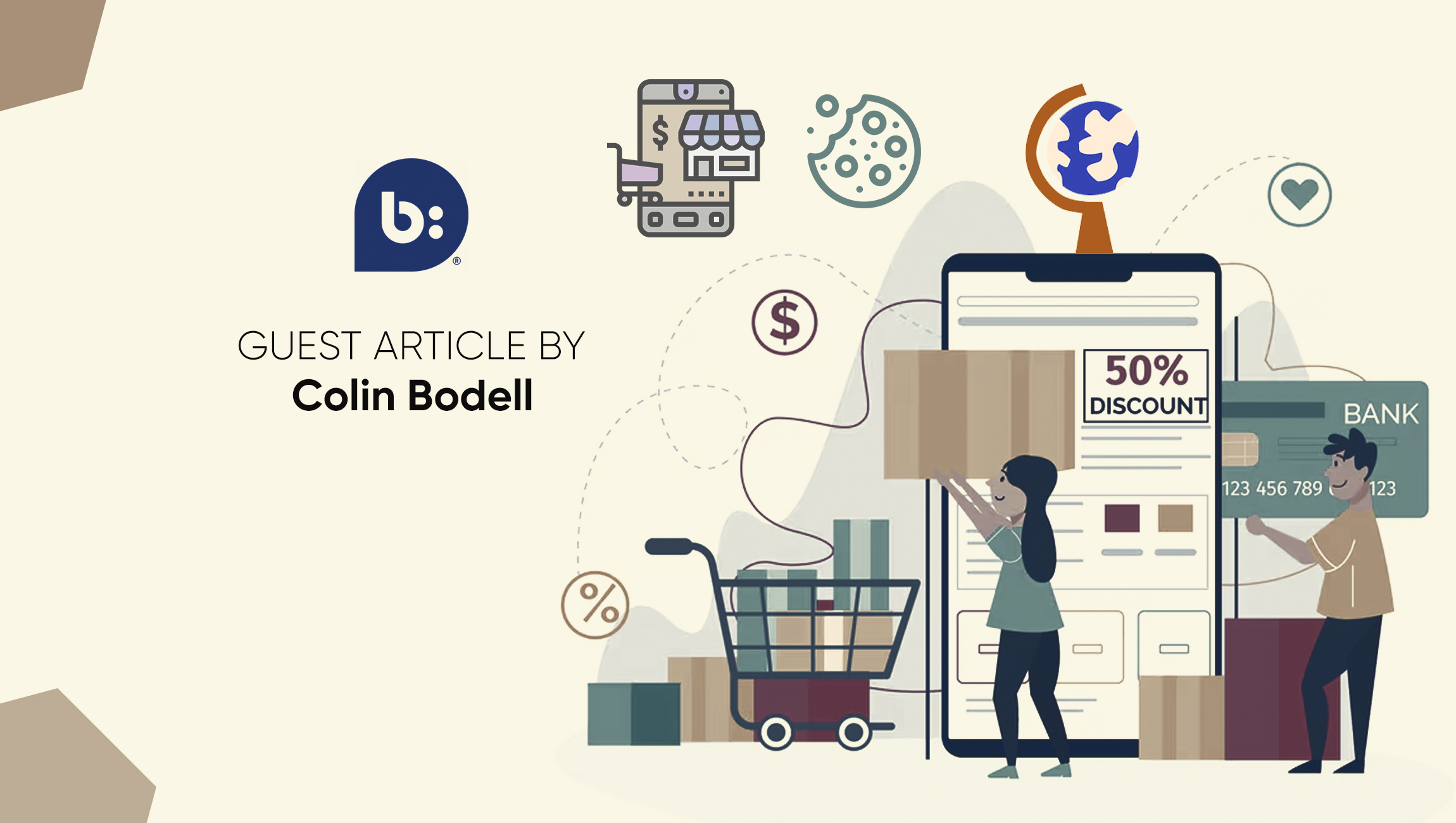The conversation around cookies has been a focal point of the digital advertising landscape for the last several years. Google’s recent decision to shift gears and provide an “opt-out” tool for third-party cookies rather than phasing them out entirely from Chrome highlights the tension between protecting consumer privacy and delivering the kind of personalized experiences that shoppers expect.
At the core of this debate around cookies is the growing demand for businesses to comply with ever-evolving privacy regulations while continuing to deliver targeted, relevant content. While third-party cookies are sticking around for now, brands are beginning to explore alternatives that allow them to engage customers without compromising their trust. One such approach is contextualization, which has emerged as a powerful tool that leverages technology like artificial intelligence (AI) and machine learning (ML) to create a hyper-personalized shopping experience—without relying on personal data.
The shift from third-party cookies
For over two decades, third-party cookies have been instrumental in online advertising, allowing brands to track users across websites and deliver personalized ads. However, with rising concerns about data privacy and regulations like GDPR (General Data Protection Regulation) and CCPA (California Consumer Privacy Act), the reliance on third-party cookies has come under scrutiny. As more consumers become aware of how their data is being used—and sometimes misused—by companies, pressure has mounted for brands to adopt more privacy-centric solutions.
Google’s initial plan to phase out third-party cookies was set to change how digital marketers operate fundamentally. With third-party data set to disappear, brands were forced to rethink their approach to targeting and personalization. However, Google’s recent pivot to offer an opt-out tool instead highlights the delicate balance companies are trying to strike between adhering to privacy concerns and maintaining advertising effectiveness. This compromise is seen as an acknowledgment that third-party cookies, while imperfect, still play a significant role in digital marketing ecosystems. But, despite this temporary reprieve, brands should not become complacent.
The writing on the wall is clear: consumer data protection will continue to tighten, and reliance on third-party cookies will eventually come to an end. This whole situation just allowed companies to get ready ahead of schedule. If they haven’t already, retailers who want to stay ahead of the curve must start thinking about engaging customers and delivering personalized experiences in a world where third-party data collection is no longer a given. That’s where contextualization comes into play.
Contextualization as a privacy-safe solution
Unlike third-party cookies, which track users across multiple sites and sessions, contextualization focuses on a shopper’s real-time actions and behaviors during their current session. Instead of relying on historical data or personally identifiable information (PII), contextualization uses insights from the user’s current interactions on the website—such as time spent on a page, search terms entered, products hovered over, or even cart abandonment or deferral patterns.
By analyzing these behaviors in real time, brands can dynamically tailor the shopper’s experience to be more relevant and engaging. For example, if a user spends significant time on a page featuring hiking boots, the website might recommend related products such as outdoor jackets or accessories, even if the site knows nothing about the user’s previous shopping habits. This real-time personalization not only enhances the customer experience but also respects their privacy by not collecting or storing unnecessary data.
AI and machine learning play a critical role in making this level of personalization possible. These technologies can sift through vast amounts of behavioral data almost instantly, identifying patterns and preferences that allow retailers to serve up tailored content, product recommendations, and even special offers that align with the customer’s current shopping journey. As AI/ML algorithms become more advanced, the accuracy and relevancy of these contextualized experiences will only improve.
Marketing Technology News: MarTech Interview with Alon Goren, CEO @ AnswerRocket
The benefits of contextualized experiences
For e-commerce retailers, the move toward contextualization offers numerous benefits. First and foremost, it enables brands to deliver the hyper-personalized experiences that customers expect without while also following privacy regulations. Shoppers increasingly value transparency around how their data is used, and contextualization offers a clear and compliant way to meet those expectations. By focusing on the shopper’s real-time actions, retailers can create an experience that feels personal without invading their privacy.
Additionally, contextualization can improve conversion rates by delivering content that is more relevant to shoppers’ immediate needs. Traditional advertising methods that rely on third-party cookies often miss the mark by serving ads based on outdated or irrelevant information. Contextualized experiences are based on what the shopper is doing in the moment, making it more likely that they’ll engage with the content, stay on the site longer, and ultimately make a purchase.
Moreover, contextualization helps build trust with customers. When shoppers feel that a brand respects their privacy and still manages to deliver an engaging, personalized experience, they are more likely to become loyal customers. In today’s competitive e-commerce landscape, building that kind of trust can be a significant differentiator.
AI/ML: The future of customer engagement
The adoption of AI and ML in contextualization is a game-changer for how brands engage with their customers. By using AI-driven algorithms, retailers can deliver more than just personalized product recommendations—they can optimize the entire shopping journey in real time. For instance, AI can analyze a customer’s click patterns to determine which products are most likely to convert, or identify when a shopper is likely to abandon their cart and trigger a targeted promotion to prevent that from happening.
Machine learning models continuously improve over time, meaning that the more data a system analyzes, the smarter it becomes. As AI/ML technologies continue to evolve, they will enable brands to create even more sophisticated and nuanced shopping experiences. Retailers that invest in these advanced technologies now will be well-positioned to thrive in the post-cookie world, delivering not only personalized experiences but also enhanced customer loyalty and increased revenue.
Preparing for the future
While Google’s latest announcement has temporarily delayed the death of third-party cookies, the message is clear: brands can no longer rely solely on third-party data to drive customer engagement. The shift toward privacy-first strategies like contextualization is already underway, and retailers who embrace these methods will be better equipped to navigate the changing landscape of digital marketing.
As AI and ML technologies become more accessible and sophisticated, they will undoubtedly play a pivotal role in shaping the future of e-commerce. By focusing on real-time behaviors and delivering hyper-personalized experiences that respect consumer privacy, retailers can build lasting relationships with their customers—and thrive in a world where third-party cookies are no longer the norm.
Marketing Technology News: Why Responsible AI Principles Matter for Advertisers
More Insights From The SalesStar Podcast by SalesTech Star – Episode 151: Driving Growth Across e-Tail with Kate Musgrove, Managing Director for Asia Pacific, Bazaarvoice











